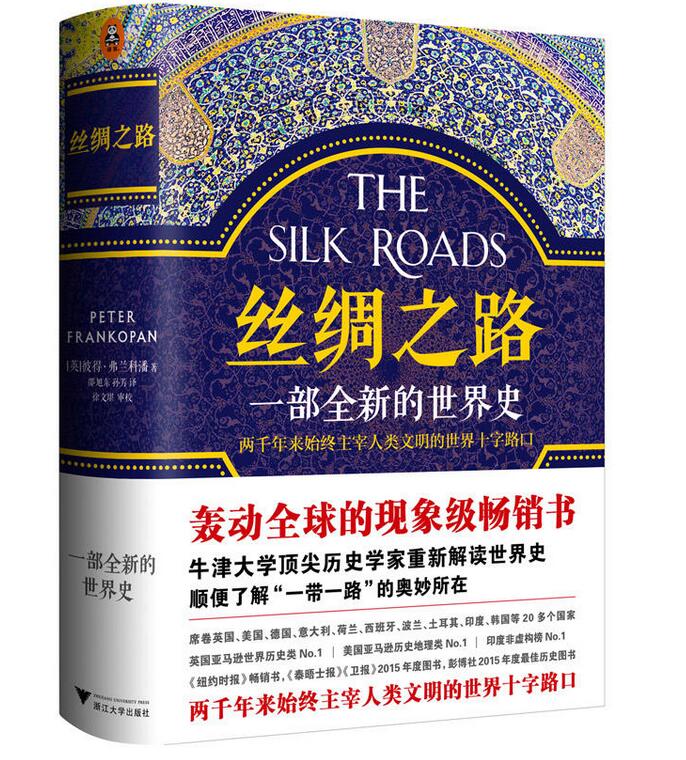The Silk Roads
From:Chinese Archaeology NetWriter:Date:2016-12-20

CONTENTS
Note on Transliteration xi
Preface xiii
1 The Creation of the Silk Road 1
2 The Road of Faiths 27
3 The Road to a Christian East 45
4 The Road to Revolution 63
5 The Road to Concord 79
6 The Road of Furs 102
7 The Slave Road 117
8 The Road to Heaven 136
9 The Road to Hell 158
10 The Road of Death and Destruction 175
11 The Road of Gold 202
12 The Road of Silver 220
13 The Road to Northern Europe 243
14 The Road to Empire 264
15 The Road to Crisis 280
16 The Road to War 294
17 The Road of Black Gold 322
18 The Road to Compromise 341
19 The Wheat Road 357
20 The Road to Genocide 377
21 The Road of Cold Warfare 399
22 The American Silk Road 419
23 The Road of Superpower Rivalry 437
24 The Road to Catastrophe 457
25 The Road to Tragedy 488
Conclusion: The New Silk Road 508
Notes 523
Acknowledgements 618
Index 621
Abstract
It was on the Silk Roads that East and West first encountered each other through trade and conquest, leading to the spread of ideas, cultures and religions. From the rise and fall of empires to the spread of Buddhism and the advent of Christianity and Islam, right up to the great wars of the twentieth century—this book shows how the fate of the West has always been inextricably linked to the East.
Peter Frankopan realigns our understanding of the world, pointing us eastward. He vividly re-creates the emergence of the first cities in Mesopotamia and the birth of empires in Persia, Rome and Constantinople, as well as the depredations by the Mongols, the transmission of the Black Death and the violent struggles over Western imperialism. Throughout the millennia, it was the appetite for foreign goods that brought East and West together, driving economies and the growth of nations.
From the Middle East and its political instability to China and its economic rise, the vast region stretching eastward from the Balkans across the steppe and South Asia has been thrust into the global spotlight in recent years. Frankopan teaches us that to understand what is at stake for the cities and nations built on these intricate trade routes, we must first understand their astounding pasts. Far more than a history of the Silk Roads, this book is truly a revelatory new history of the world, promising to destabilize notions of where we come from and where we are headed next.

